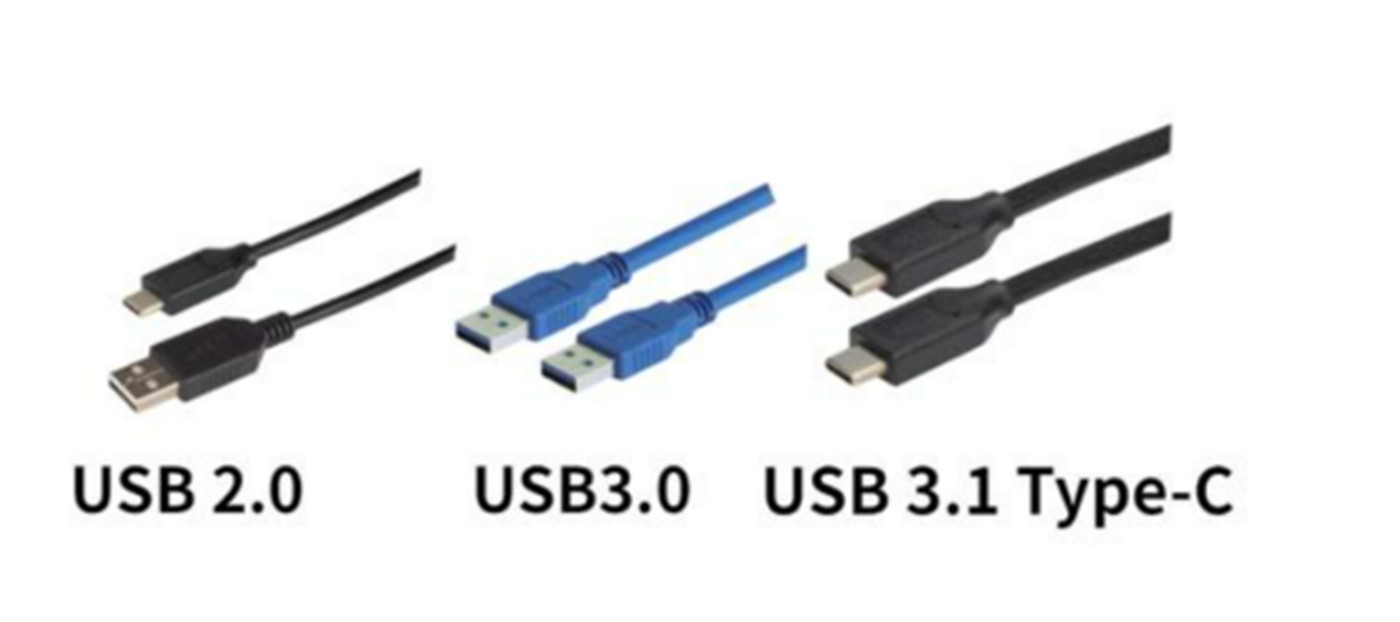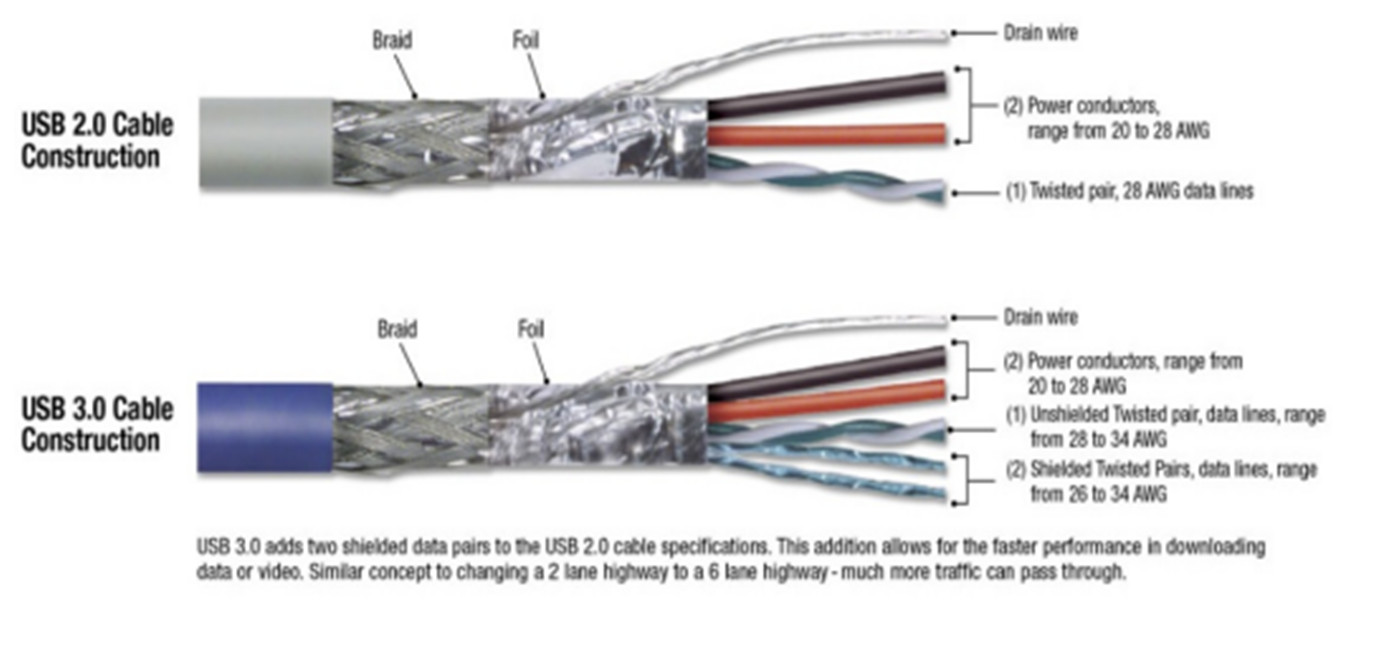Introduction to USB cable series
First of all, understand that USB has different specifications and transfer data speeds, and the USB cable manufacturing machines used are also different. First of all, we must understand what is a USB cable?

What is USB?
USB is the abbreviation of "Universal Serial Bus", which is a high-speed transmission standard characterized by plug and play, and is used to connect printers, digital cameras, cameras, keyboards and mice. This standard has been widely used in computers and peripherals. The most notable advantage of USB is that it supports hot plugging, that is, the ability to connect or disconnect a device without turning it off or cutting off the power, and without causing data loss or damage. USB 2.0 and USB 3.0. As an emerging standard, USB 3.0 can reach 0 times the speed of USB 10.2, which is especially suitable for the transmission of large amounts of data or video. But at present, USB 2.0 still occupies a dominant position in practical applications, especially in some common data transmission applications, and its dominant position will continue. In addition, it should be noted that when using USB 3.0, in order to ensure the consistency of bandwidth, all other components, such as the host, cables, peripherals, etc., must also comply with the 3.0 transmission standard - the actual bandwidth depends on the speed. Minimal components.
Application of USB
Initially, USB products were mainly used to connect computers and their peripherals. Now, USB involves almost all application markets, including communications, entertainment, medical, automotive and other industries. The difference between USB2.0 and USB3.0 Cable structure The USB2.0 cable is composed of 2 power lines and 1 twisted pair for data transmission. The USB3.0 cable consists of 2 power lines, 1 unshielded twisted pair and 2 shielded twisted pairs for data transmission. The USB3.1 cable consists of 8 coaxial cables and 1 shielded twisted pair for data transmission.
Details are as follows:


transfer speed
It can be seen from the cable structure that its transmission rate is divided into: USB2.0<USB3.0<USB3.1. The transmission rate of USB2.0 is 480Mbps, the transmission rate of USB3.0 is 5.0Gbps, and the transmission rate of USB3.1 is 10.0Gbps. According to the above information, we can see that the USB2.0 transmission speed is only 480Mbps, and the ordinary single-layer USB cable making machine can fully meet the requirements. The speed of USB3.0 is 5.0G, which is too far from the speed of USB2.0, so USB3.0 and 3.1 need a chemical foaming wire extruder.
Post time: Mar-27-2023